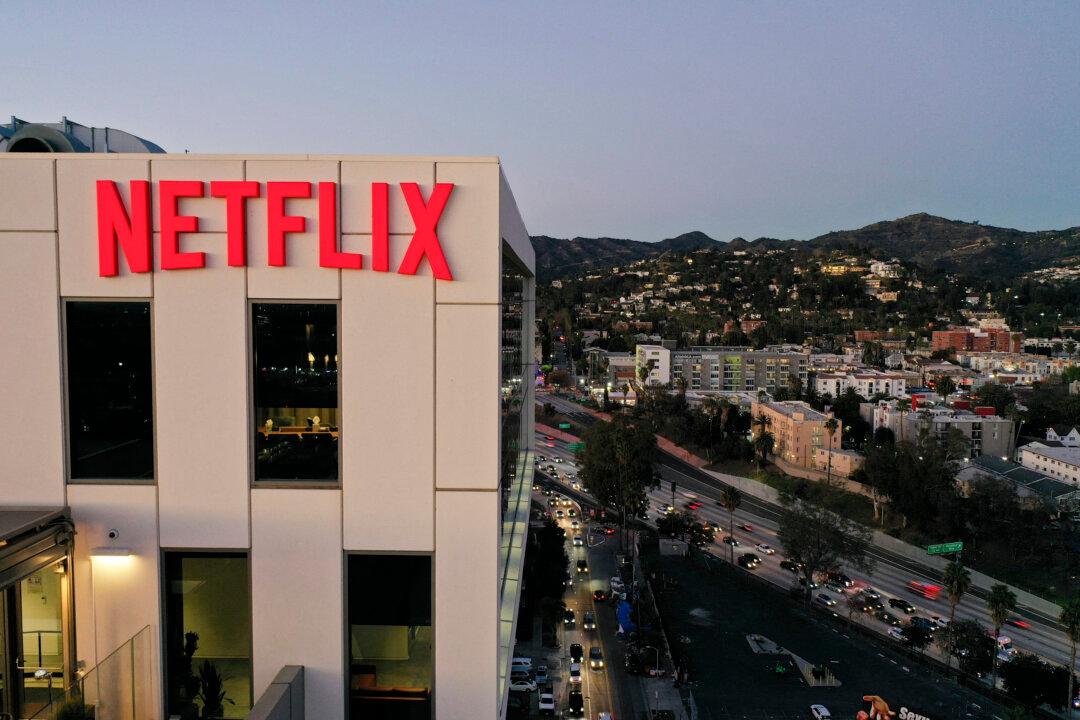U.S. stocks ended lower for a second week on mixed earnings and economic reports pointing to stagflation and fears of a new round of tariffs from Washington.
Most of the losses came on Friday after the news of a weak U.S. payroll report, a decline in consumer sentiment, and higher inflation expectations. These raised fears of stagflation, economic stagnation, and elevated inflation, weighing on debt and equity markets.
The S&P 500 ended Feb. 7 at 6,025, down 0.24 percent for the week; the Dow Jones closed at 44,303, down by 0.54 percent; the Nasdaq finished the week at 19,523, down by 0.53 percent; and the small-cap Russell 2000 was down 0.35 percent to end at 2,279.
Wall Street started the trading week on a negative note, fueled by continuing trader and investor anxiety over technology shares and fears of a tariff war between the United States and its trade partners.
The situation stabilized mid-week after strong earnings reports from Palantir and Spotify revived trader and investor interest in the tech sector.
Then, there was a solid earnings report from smartphone chip maker Qualcomm, but it was not strong enough to fulfill Wall Street’s expectations, which focused on a weak spot of the report: licensing revenues.
The pressure on tech shares continued Feb. 7, as another tech giant, Amazon, reported strong earnings but gave a lackluster earnings outlook, weighing on its shares and the Nasdaq index.
The situation could have been worse for the tech sector in the last two trading days of the week if it hadn’t been for a rebound in Nvidia and Broadcom shares. The AI chip makers benefit from heavy capital expenditure, which benefits from Alphabet’s, Meta’s, and Amazon’s big capital expenditure plans.
However, the decisive factor in closing the trading week was news from the U.S. government and the University of Michigan on Friday pointing to the U.S. economy heading into stagflation, a combination of weak economic growth and rising inflation.
A weak payroll report is usually a sign of a weak economy, resulting in lower household income and spending and lower economic growth.
Higher wages usually point to higher inflation, as employers pass part or all the wage hikes to consumers with price hikes, and the situation could become worse if firms have to pay tariffs for imported materials and pass them on to consumers.
Two University of Michigan reports reinforced the narrative that the U.S. economy is heading to stagflation. One of the reports showed that consumer sentiment for the United States dropped to 67.8 in February from 71.1 in January and below forecasts of 71.1. It’s the second straight month of decline, and it’s the lowest reading since July 2024.
Consumer spending, accounting for nearly two-thirds of the U.S. GDP, has been the primary driver of the economic recovery since the COVID-19 pandemic. As a result, any weakness in this sector could push the economy into stagnation.
A weak economy and higher bond yields are double-dosage bad news for equities. A weak economy drives the earnings of listed companies to be lower. At the same time, higher bond yields, a discounting factor in equity valuation models, make these earnings less valuable when discounted to the present.
However, Bret Kenwell, a U.S. investment analyst for eToro, sees Friday’s economic reports positively. For instance, he believes strong wage growth is good for workers and should be viewed as a positive factor for consumer spending—particularly when two-thirds of U.S. GDP is driven by consumption.
“Outside of the headline result, the latest jobs report is not cause for alarm—even as the job openings report also missed estimates earlier this week,” he told The Epoch Times.
“While some investors may worry about implications for inflation or rate cuts, make no mistake: It’s better to have a strong economy and labor market than a deteriorating environment. Remember, stocks tend to do well amid mild inflation.”







